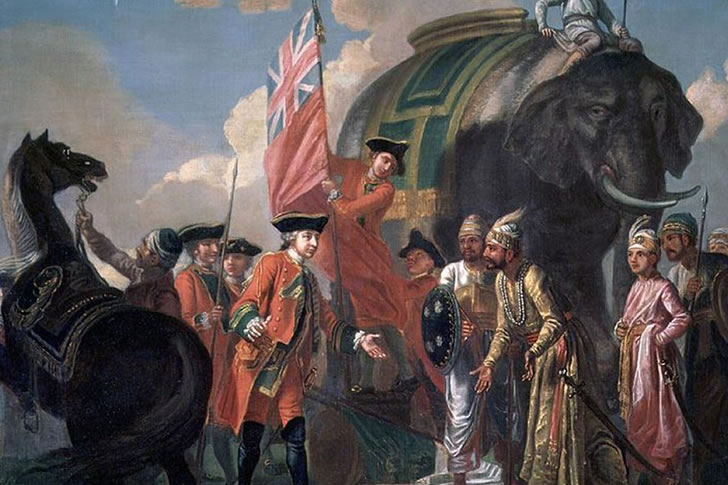Unveiling the Great Empires: A Journey through Power and Legacy
The rise and fall of empires captivate our imagination, reminding us that nothing in this world is eternal. How do empires attain immense power and influence, only to eventually crumble? In this article, we delve into the narratives of the five most formidable empires in history, acknowledging that the concept of strength is subjective and varies across criteria.

The Roman Empire
The Roman Empire stands as a paragon of unparalleled prowess. Beyond brute force, the Romans exhibited a cultural sophistication that enticed conquered territories. Their architectural marvels, scientific achievements, and philosophical contributions shape the foundation of the modern world. Moreover, Roman law influenced subsequent legal systems, while their governance institutions continue to inspire contemporary governments. Although civil strife and pernynt crises led to its collapse, the Roman Empire’s military dominance and enduring legacy endured from 31 B.C.E. to 1453 C.E.
The (First) Persian Empire
Founded by Cyrus the Great in 550 B.C.E., the Achaemenid Persian Empire left an indelible mark on future empires and civilizations. Boasting a vast population, it ruled over a significant portion of the globe, connecting regions such as North Africa, Central Asia, the Middle East, Europe, India, and the Mediterranean. The Persian Empire fostered peace, boasting remarkable achievements like a postal system, an extensive network of roads, ethnic autonomy, a unified language known as Imperial Aramaic, and an efficient bureaucracy. Although Alexander the Great’s conquest brought its end in 330 B.C.E., its legacy endured.
The Caliphate
Emerging from the teachings of Muhammad, the Arab Empire, or the Caliphate, flourished under the rule of the four Rightly-Guided Caliphs until 661 C.E. This empire showcased remarkable military successes driven by zealous passion. The Arab Empire connected diverse centers of civilization across Europe, Central Asia, Africa, India, and China. It left an enduring legacy through the propagation of Islam, exchange of goods, and the dissemination of knowledge that gave rise to algebra. The Caliphate began to decline in the 10th century C.E. with the rise of rival dynasties.
The Mongol Empire
Against all odds, the Mongol Empire, led by Genghis Khan and his descendants, achieved remarkable victories over far more populous and powerful foes. With only two million Mongols, they conquered vast territories including Russia, China, and the Middle East. Their military genius and ability to sustain themselves through their nomadic lifestyle and ingenious tactics struck fear into the hearts of enemies. However, the empire’s downfall stemmed from their inefficiency in administering their vast dominions.
The British Empire
The British Empire’s profound influence reshaped the modern world. Its institutions and ideologies laid the groundwork for modern government, inspiring the likes of Montesquieu and shaping the notions of the rule of law, liberalism, civil rights, and trade. Financial acumen, organizational prowess, and naval supremacy established the British Empire as a global force. Their rare defeats, combined with their notable successes, solidified their reputation as a dominant empire.
The narratives of these five powerful empires paint a vivid picture of human ambition, resilience, and the transient nature of power. While these empires differed in their strengths and legacies, they shared a common destiny—ultimately succumbing to internal strife, external pressures, or the challenges of administration. As we reflect upon their historical significance, we recognize that empires, regardless of their grandeur, remain subject to the ebb and flow of time.







Recent Comments